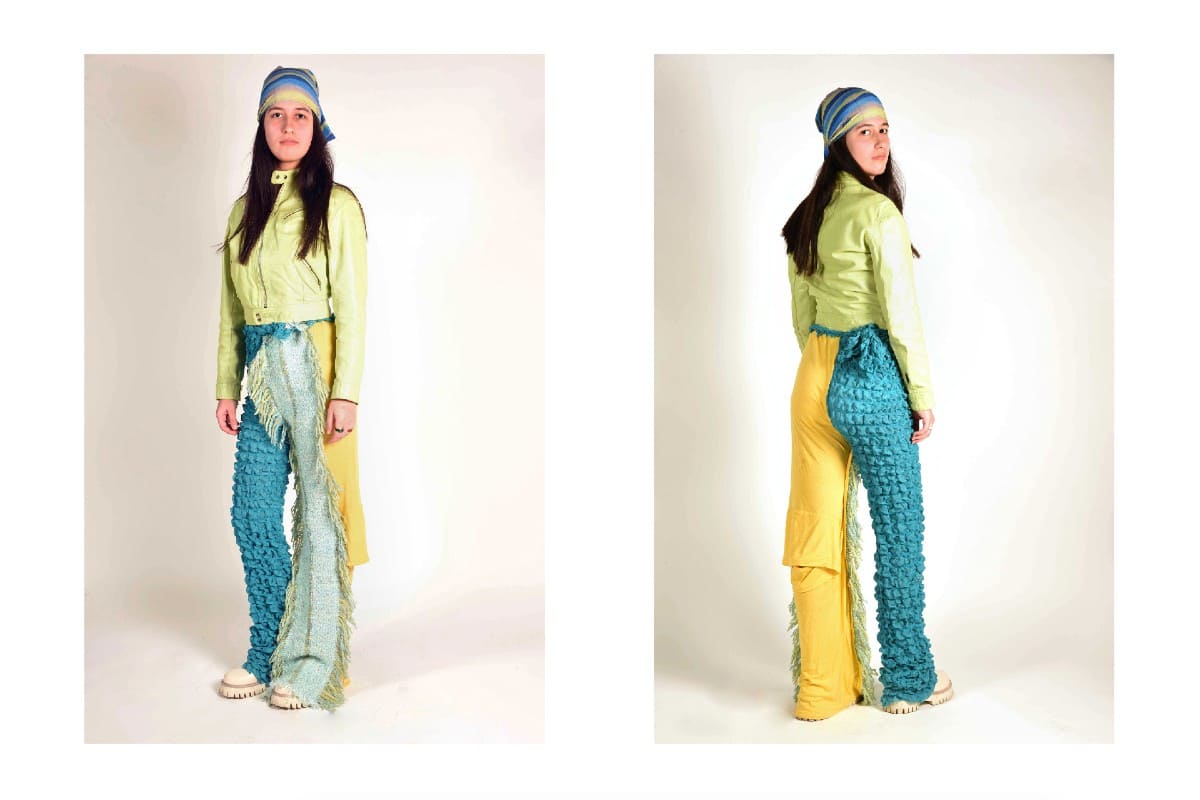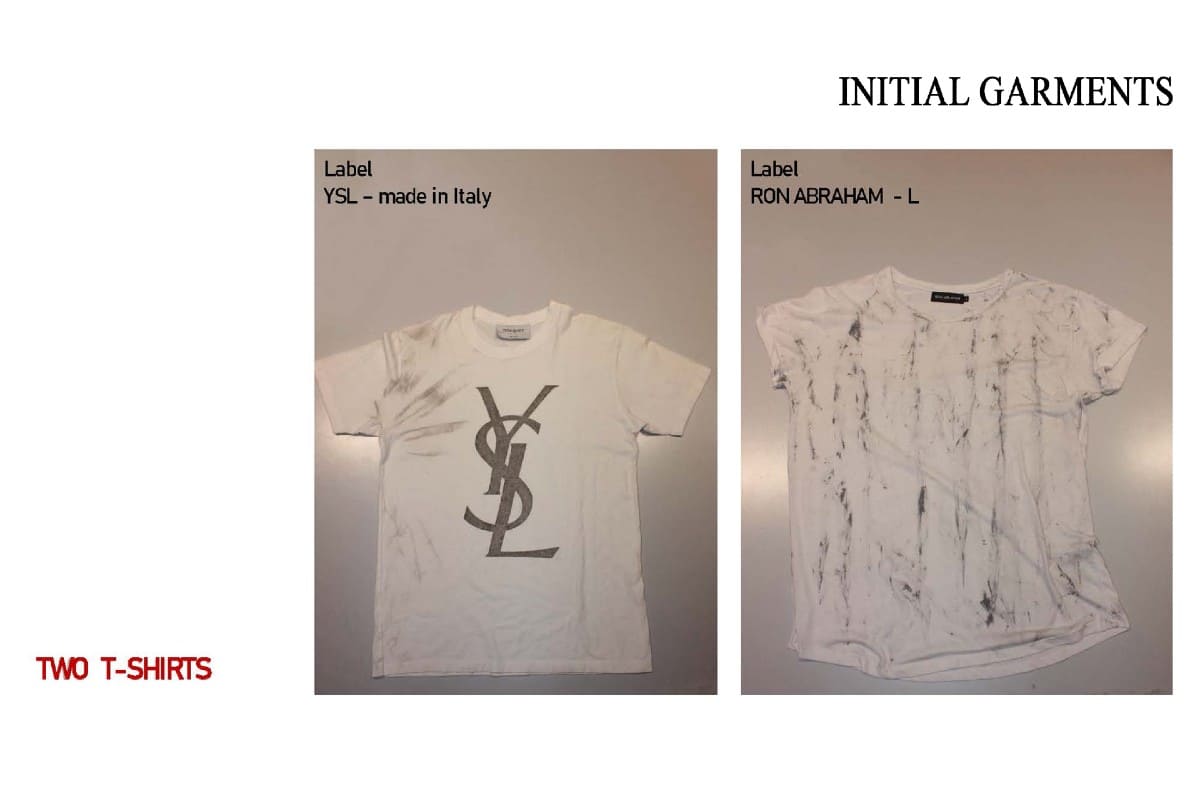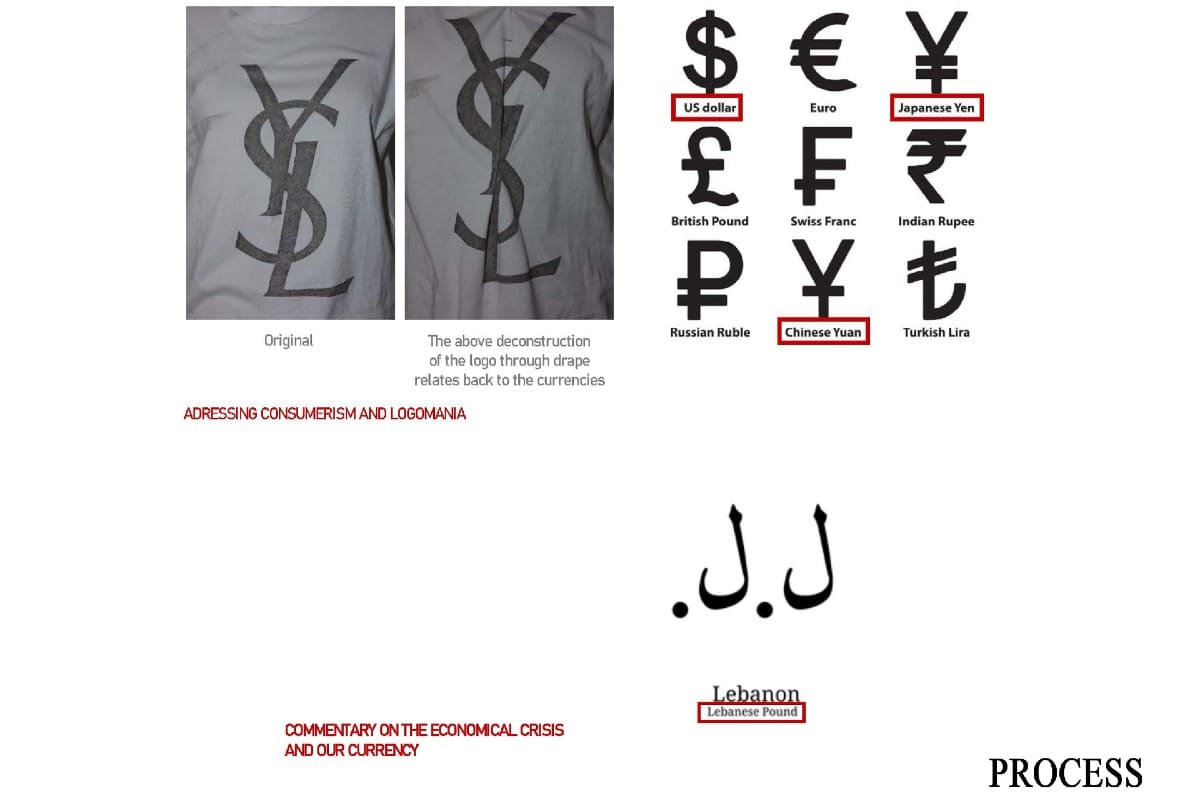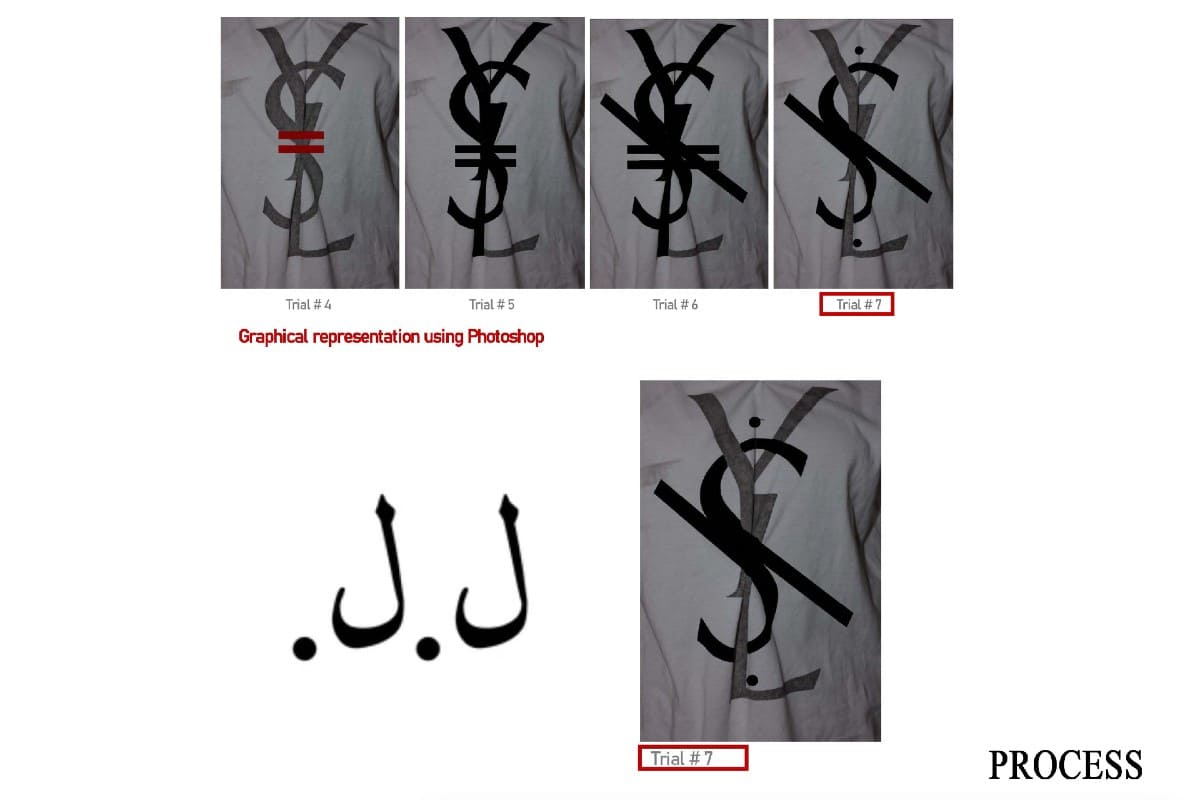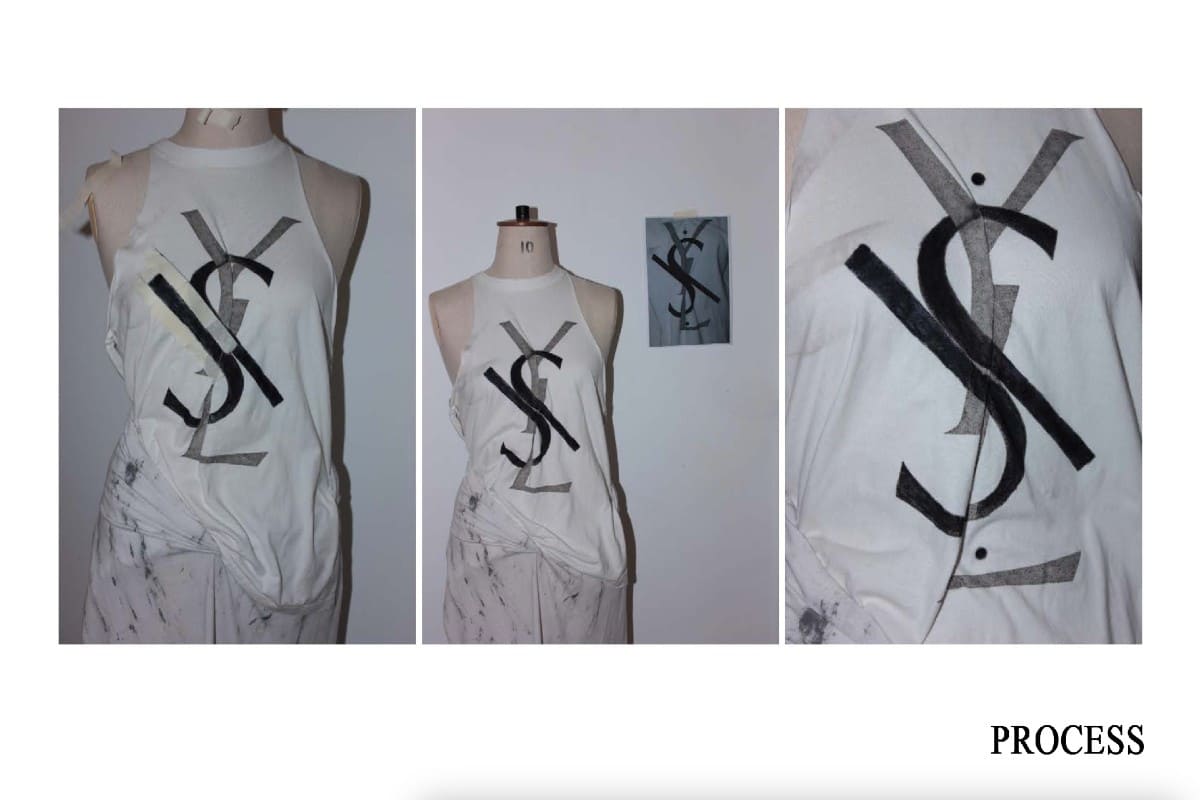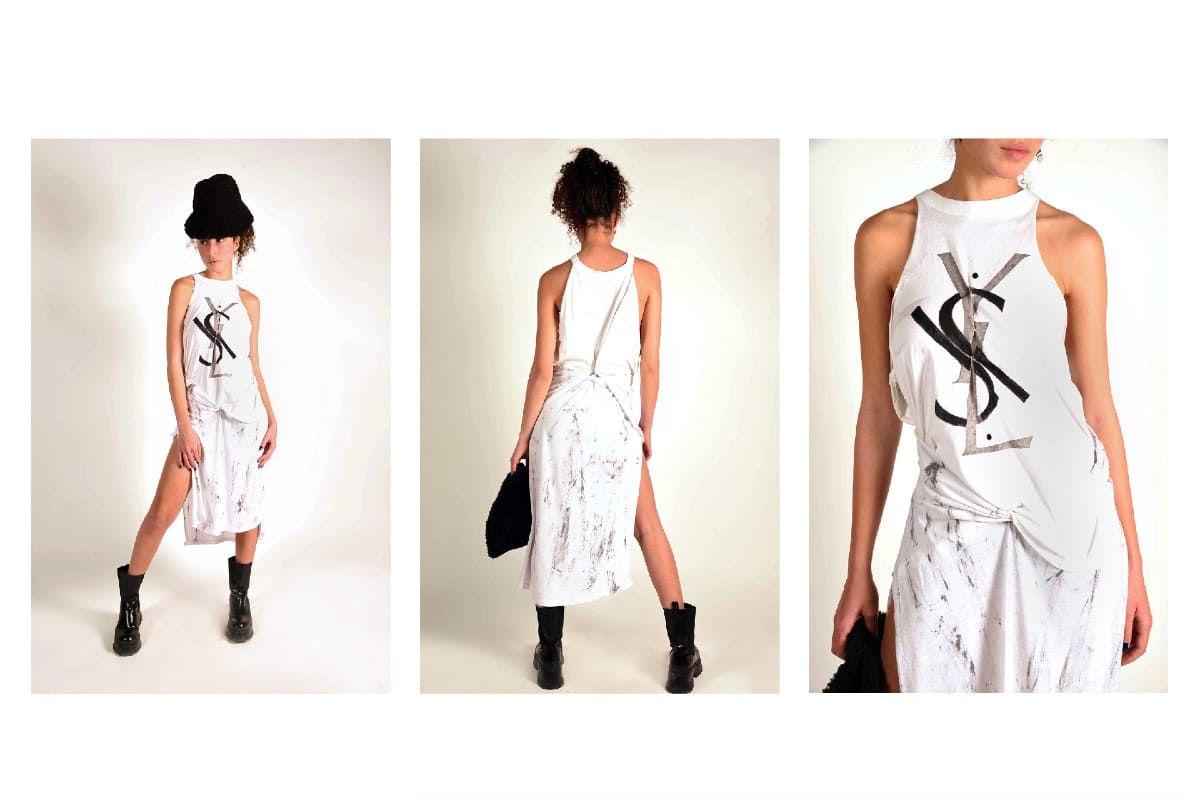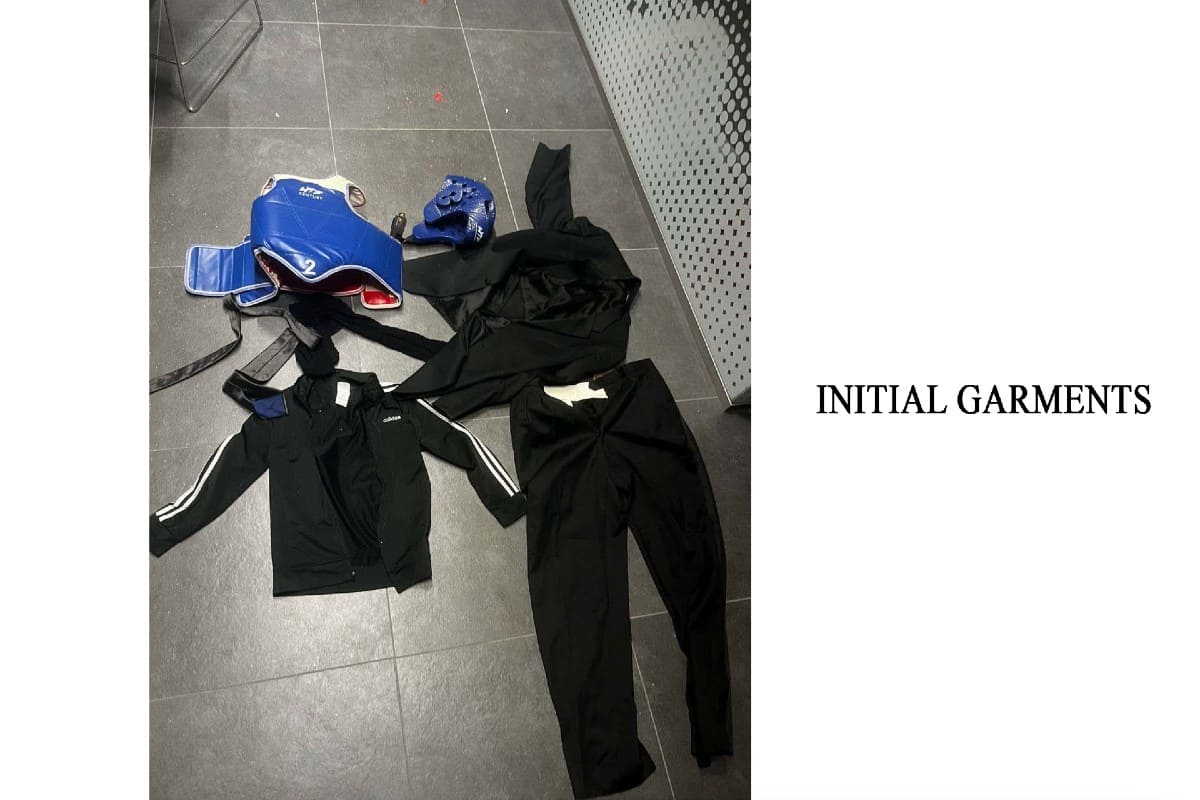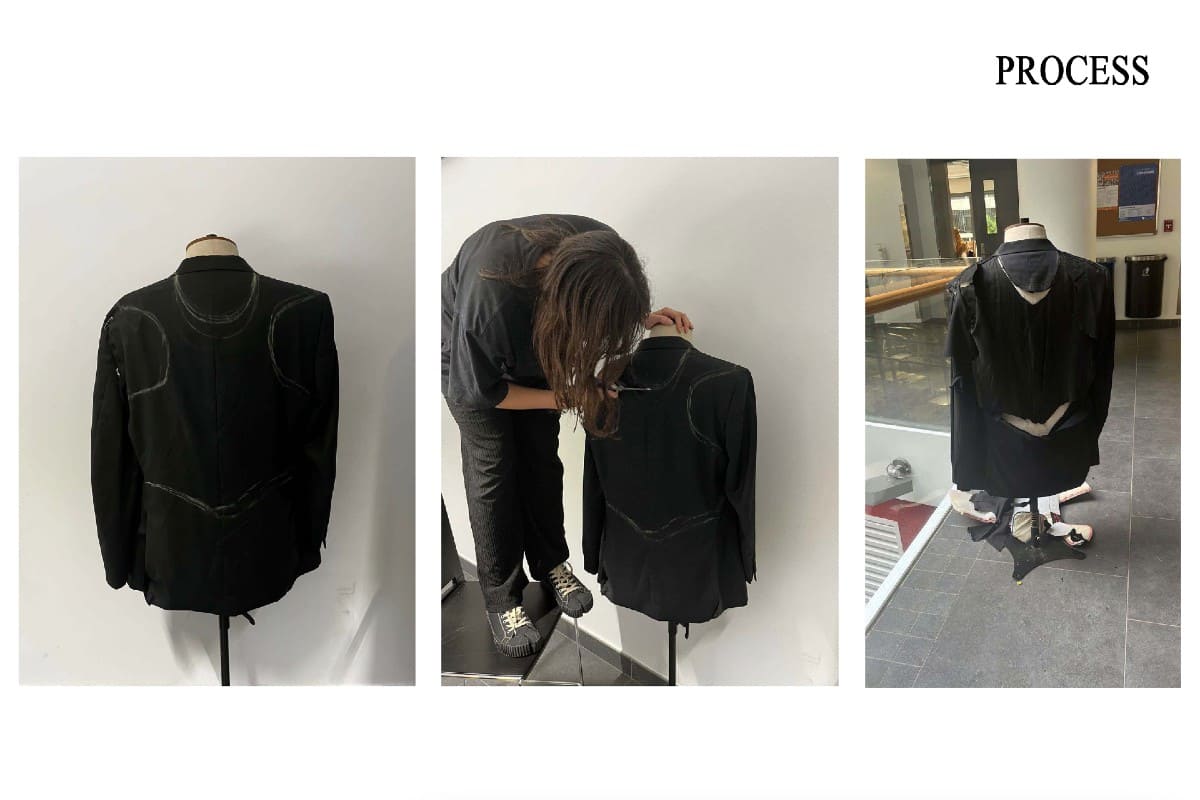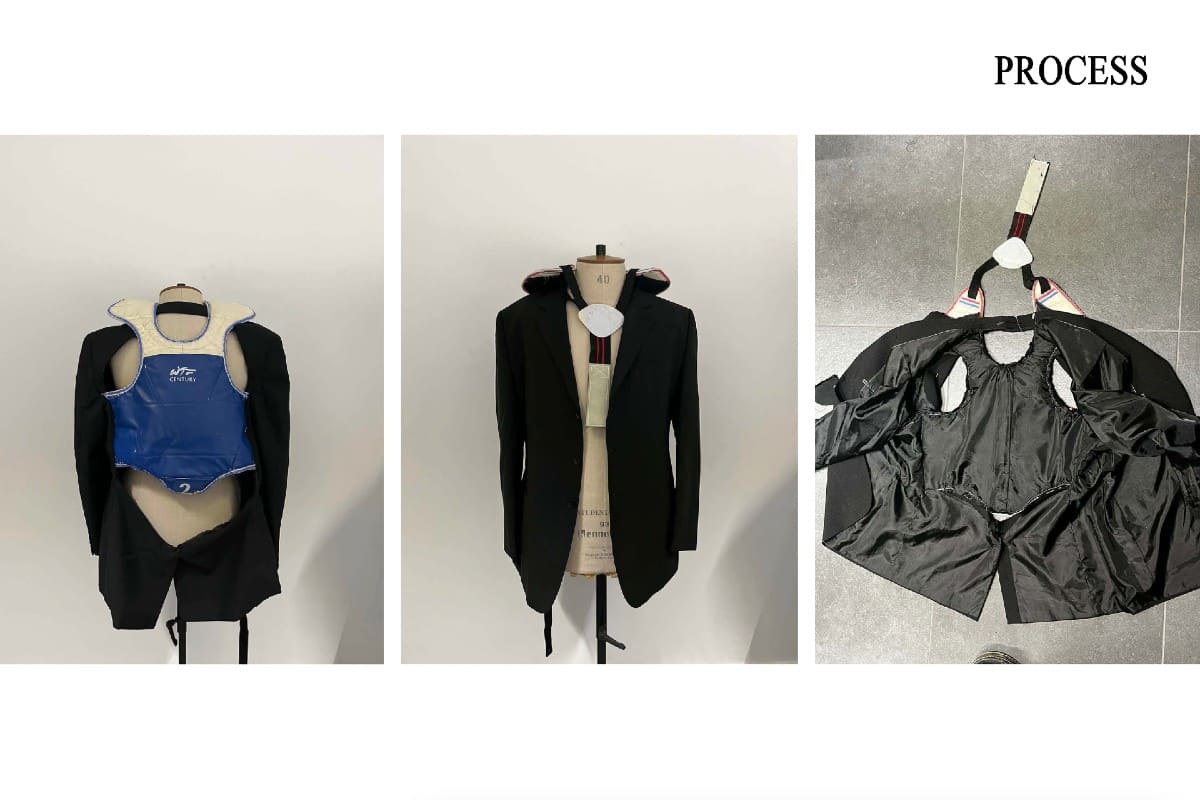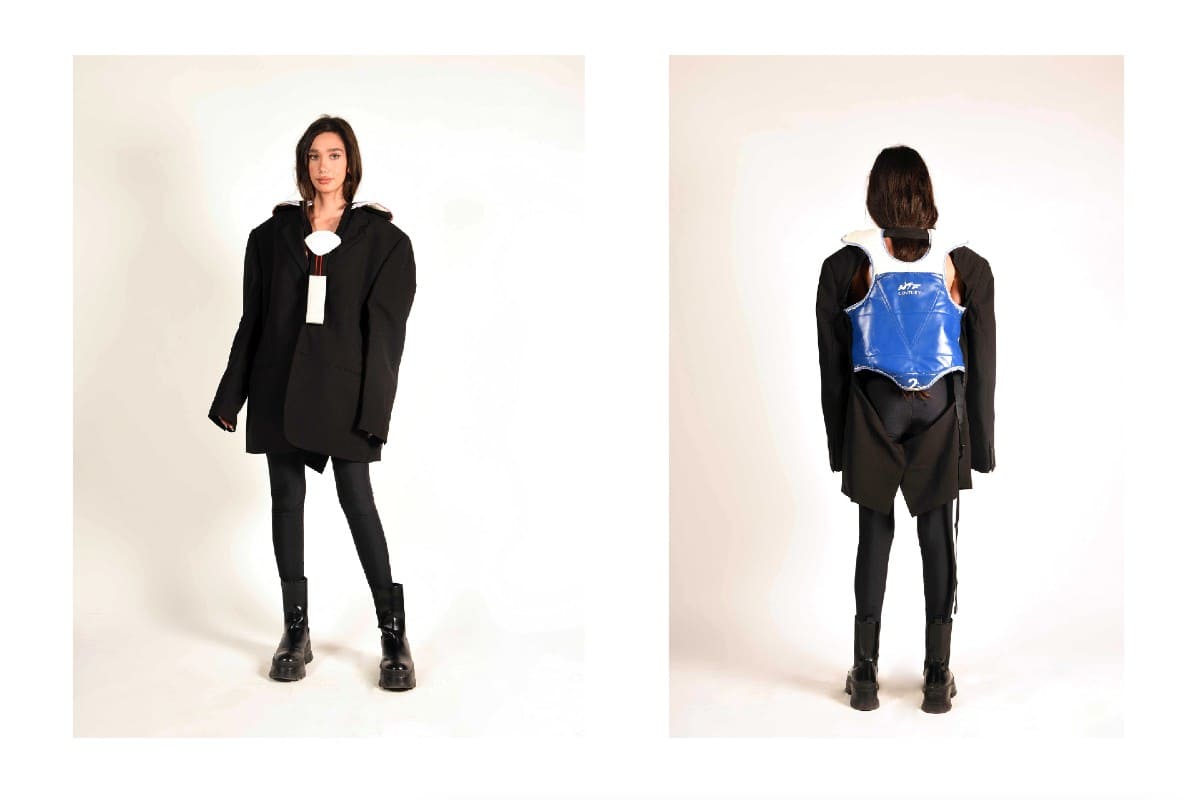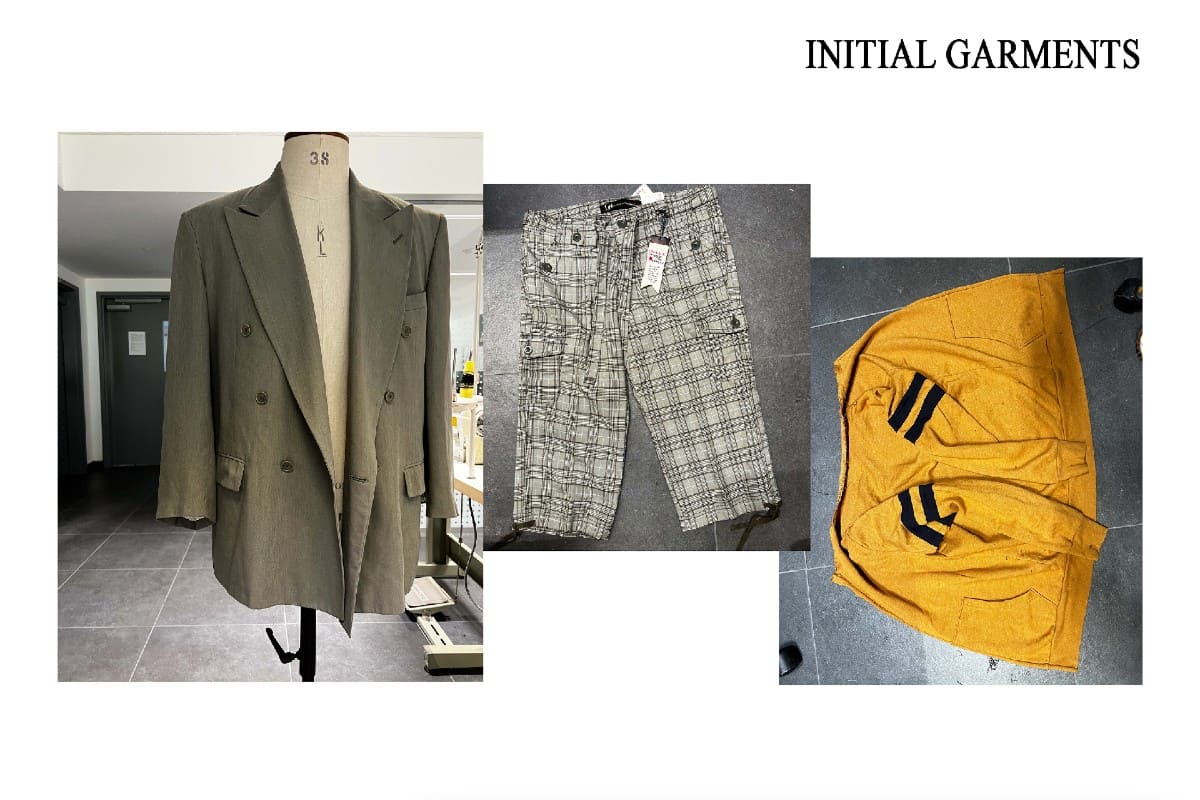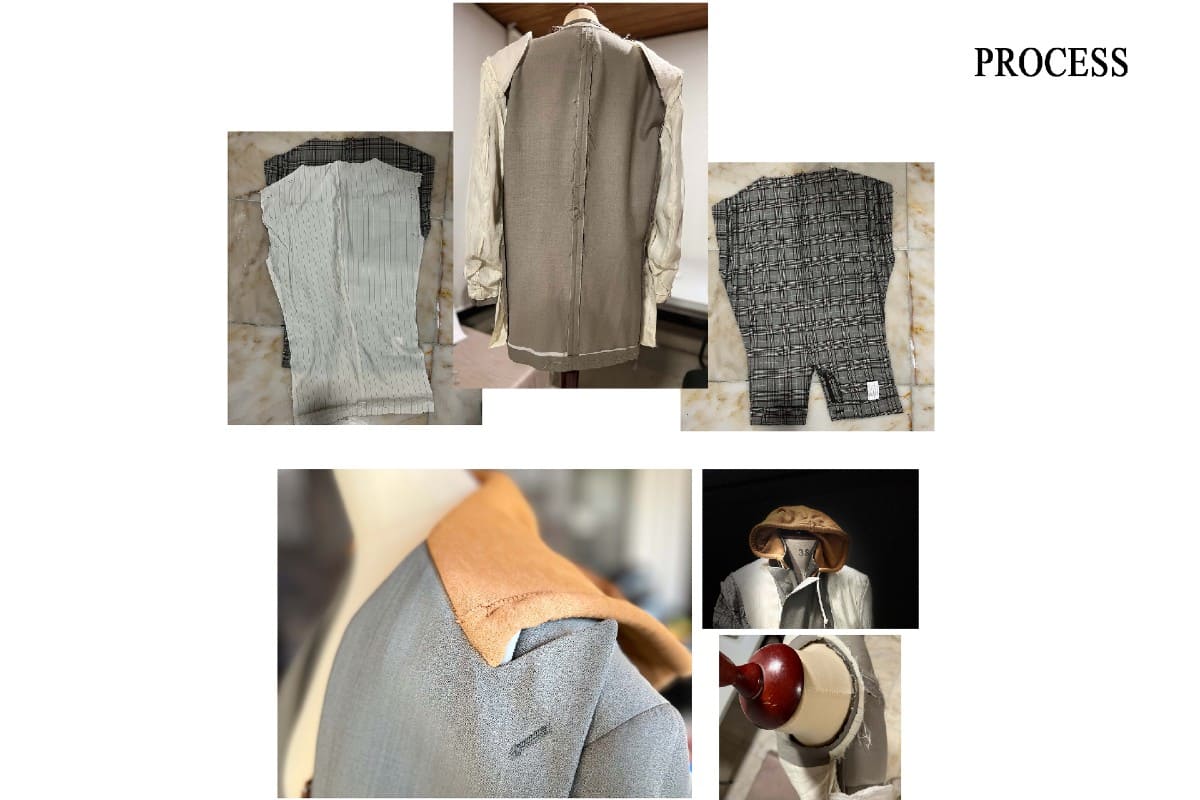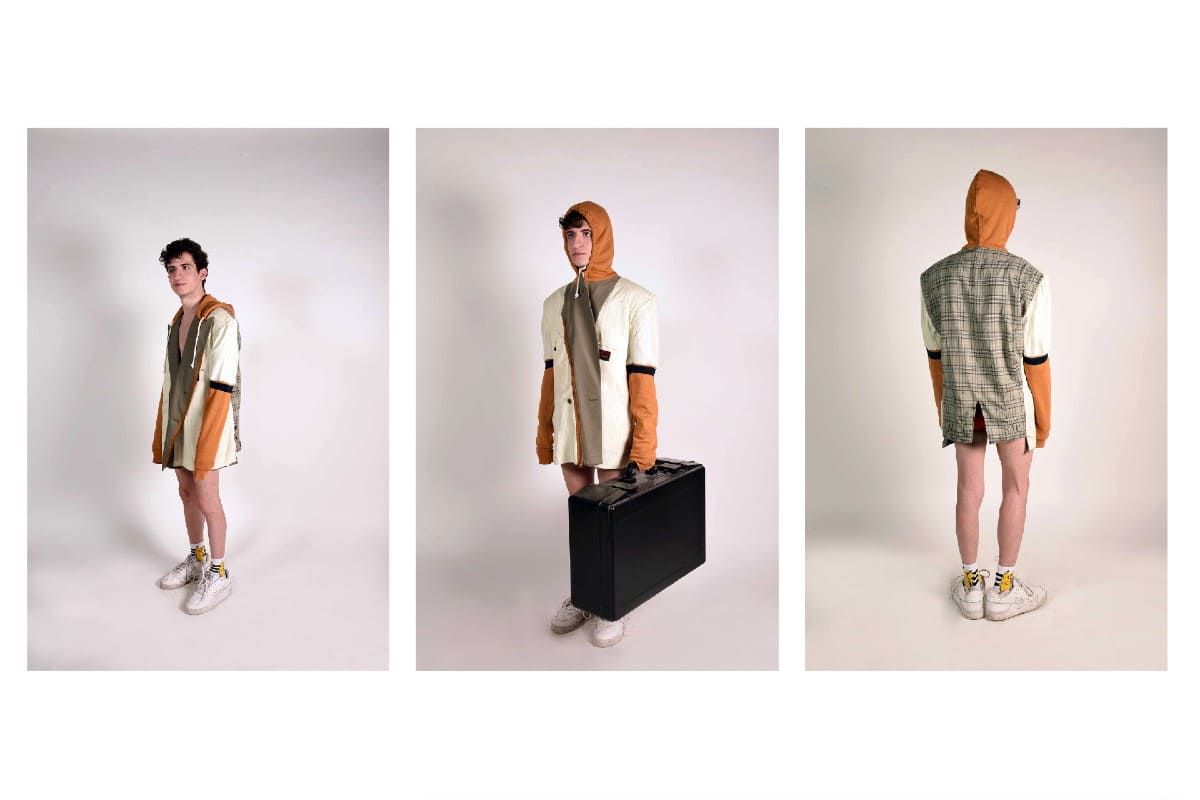Rethinking the Future of Fashion
In partnership with the United Nations Environment Programme, LAU fashion design students upcycle garments donated by Ahla Fawda and make an alternative fashion statement.
Fast fashion – the mass production of inexpensive clothing to keep up with trends – is not sustainable. On average, the equivalent of one garbage truck load of textiles is landfilled or burned every second, while the number of times a garment is worn before being discarded has decreased by 40 percent in the last 15 years, according to a study by the Ellen MacArthur Foundation.
In the days leading up to Black Friday – a retail sales trend that started in the US and spread worldwide – the School of Architecture and Design at LAU held a zero-waste workshop that engaged fashion design students in upcycling and creating hybrid garments from discarded pieces of clothing.
The workshop was held in partnership with the United Nations Environment Programme (UNEP) through its West Asia Sustainable Fashion Academy (WASFA), in line with a larger agreement to encourage young designers to adopt a zero-waste approach.
“Students at LAU are not new to this thinking, as we have integrated the principles of zero-waste design within our curriculum, and this workshop is a continuation of the effort,” said Assistant Professor of Practice Elie Baroud.
Senior student Sandra Bou Ghanem deconstructed the “egotistical” Yves Saint Laurent logo – as she views it – and transformed it into the Arabic acronym for the Lebanese Lira. In the process, she drew a connection between the country’s economic crisis and high-end fashion houses whose products are consumed and discarded. The result is a t-shirt with folds, twists and pockets made from sleeves and necklines, and its wearer “becomes a walking message.”
Baroud noted how the faculty had intentionally selected garments that were the most worn-out, to push students’ creative limits and encourage them to merge two or more pieces to create new fashion items. The garments were sourced and donated by Ahla Fawda, a Beirut-based NGO that addresses humanitarian, cultural and environmental aspects of community welfare.
“This doubles as a creative exercise and a challenge for a bigger cause,” said Baroud, explaining that students had initially collected empty plastic bottles which they gave to Ahla Fawda in return for the used garments.
By the end of the three-day workshop, the students were able to create a total of 32 pieces: six jackets, two pairs of pants, seven skirts, two dresses, three tops, two vests, one corset, two shirts, six bralettes and one pair of jambières.
Second-year students Sirine Kobeissi and Cristina Onaissi collaborated to create a “boxing blazer” – a piece that juxtaposes a formal men’s blazer with an athletic boxing set. Complete with an adjustable belt, the garment can be fitted to each person’s measurements for a corset-like look.
For Lecturer Rouba El Murr, the workshop was not just another opportunity to design and create fashion pieces, but “also a chance for the students to look at garments through new lenses, as they learn about the versatility of clothes – and this is the future of fashion.” In fact, she added, sustainability and the impact on the environment are no longer just course requirements, as they have become increasingly more evident across the industry.
Third-year student Yaman Hafez chose to “visually translate the feeling of rebelling against the battledress of businessmen” by upcycling three garments into a wearable hoodie blazer.
“At LAU, we are instating the ethos of zero-waste and the philosophy behind it in the courses we teach,” said Baroud. On the receiving end, he noted, “students are not alien to these ideas – quite the contrary – they are very much aware of the urgency and necessity of considering the environment in everything they do.” Such workshops, added Baroud, help them refine their critical thinking skills and reflect on overconsumption.
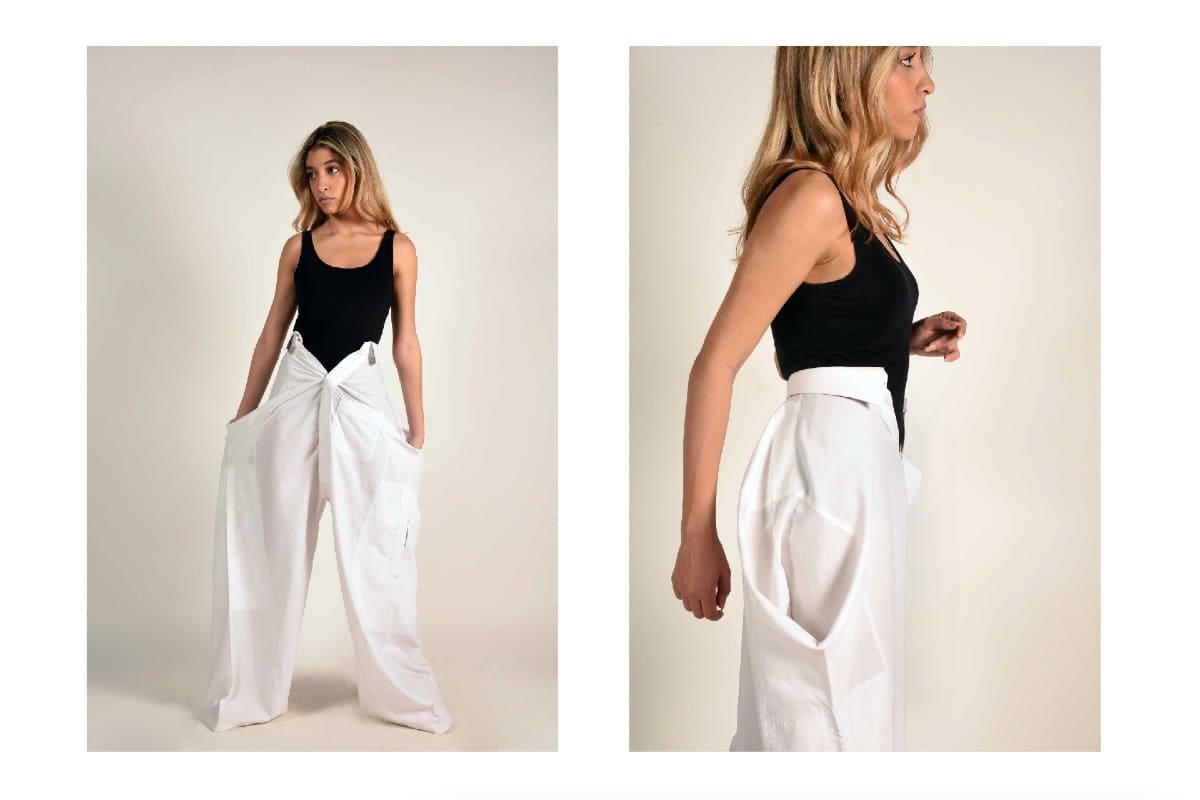 Areej Ballan, Dima Jbara and Dana Saad picked out a traditional Saudi thobe and transformed it into a pair of modern trousers. The thobe’s buttoning tab became the trousers’ fly guard, while the collar its waistband. For them, the concept is an effort to “expand the frames limiting traditional Arab archetypes and giving them a new edge.”
Areej Ballan, Dima Jbara and Dana Saad picked out a traditional Saudi thobe and transformed it into a pair of modern trousers. The thobe’s buttoning tab became the trousers’ fly guard, while the collar its waistband. For them, the concept is an effort to “expand the frames limiting traditional Arab archetypes and giving them a new edge.”
Interim Director of Fashion Design Silia Abou Arbid reflected on how “good design” should adhere to a moral approach to nature. “Designing with nature in mind provides continuity in the life of a garment,” she said, adding that this proved to be “an inspiring approach to fashion in the context of this workshop.”
